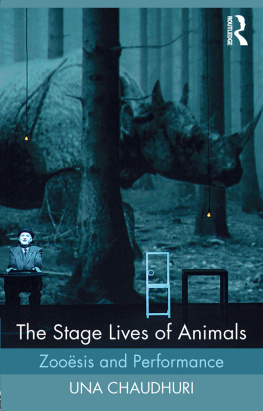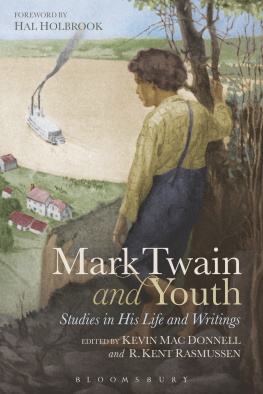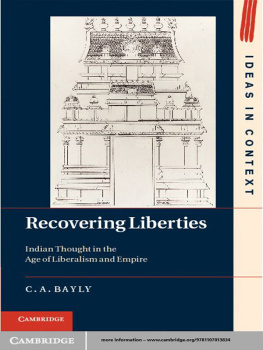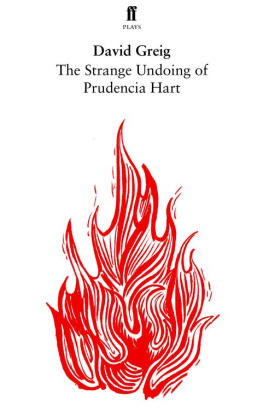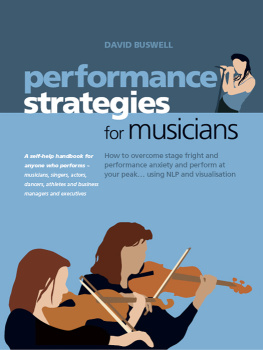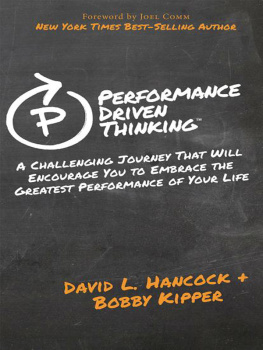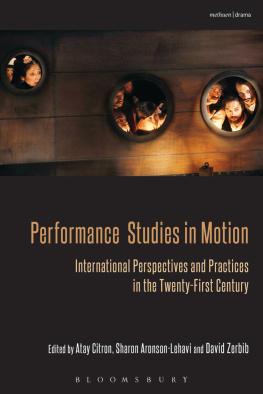Simon Bayly - A Pathognomy of Performance
Here you can read online Simon Bayly - A Pathognomy of Performance full text of the book (entire story) in english for free. Download pdf and epub, get meaning, cover and reviews about this ebook. year: 2011, publisher: Palgrave Macmillan, genre: Politics. Description of the work, (preface) as well as reviews are available. Best literature library LitArk.com created for fans of good reading and offers a wide selection of genres:
Romance novel
Science fiction
Adventure
Detective
Science
History
Home and family
Prose
Art
Politics
Computer
Non-fiction
Religion
Business
Children
Humor
Choose a favorite category and find really read worthwhile books. Enjoy immersion in the world of imagination, feel the emotions of the characters or learn something new for yourself, make an fascinating discovery.

- Book:A Pathognomy of Performance
- Author:
- Publisher:Palgrave Macmillan
- Genre:
- Year:2011
- Rating:3 / 5
- Favourites:Add to favourites
- Your mark:
- 60
- 1
- 2
- 3
- 4
- 5
A Pathognomy of Performance: summary, description and annotation
We offer to read an annotation, description, summary or preface (depends on what the author of the book "A Pathognomy of Performance" wrote himself). If you haven't found the necessary information about the book — write in the comments, we will try to find it.
A Pathognomy of Performance — read online for free the complete book (whole text) full work
Below is the text of the book, divided by pages. System saving the place of the last page read, allows you to conveniently read the book "A Pathognomy of Performance" online for free, without having to search again every time where you left off. Put a bookmark, and you can go to the page where you finished reading at any time.
Font size:
Interval:
Bookmark:
These images were taken during a school half-term family holiday to the Cornish coast in England in 2006. Without really understanding the set-up, we had booked into a converted farm that turned out to be regularly used as a holiday retreat for a dozen or so extended families with children aged from 2 to around 16. These families return to the place every year, with some parents continuing a tradition they entered themselves as children decades earlier. For this kind of English holiday destination, though fairly homogeneous in comparison to the typical metropolitan mix of ethnicities, this is a very mixed bunch in terms of class, economic and professional backgrounds. In conversation, they appreciate its rough and ready simplicity and the opportunity to temporarily gather as a community of sorts, who, on the face of it, have very little in common. However, this history appeared to be drawing to a close. The owners of the farm, then in their seventies and needing to downscale, were planning to sell it off piecemeal at market rates, with regular visitors getting first call. But, given Cornwalls rising status as the second-home location of choice for the affluent from elsewhere in the country, very few of the families visiting that week could even contemplate the gigantic sums involved and so faced the loss of this amenity.
As we soon discovered, the tradition of a play written, directed and performed entirely by the children during the regular May half-term break has been informally established. The teenagers come up with an idea and write a script via email during the spring and everything else is sorted out onsite during the holiday week itself. For their production in 2006, the players had chosen to adapt the tale of The Three Little Pigs into a new version entitled The Three Little Chavs. While on, reflection, it might not be such a stretch from the stereotypical anthropomorphisms of the pig to those of the chav, my expectation was of a not so subtle and not so funny performance of social prejudice, to which our eldest son, aged 8, had been co-opted as backstage hand and general hanger-about. Over the week, in between surfing in the pouring rain, he would disappear for various rehearsals and was typically less than forthcoming about what went on in them.
The venue chosen specifically for this production, in this beautiful seaside spot with many picturesque, site-specific possibilities (including a large abandoned stone quarry that many a professional would surely have regarded as a gift), is a bleak, empty, concrete-floored garage. The rain has stayed away and the show is scheduled to start around 4pm. The audience assemble in front of the garage on bring-your-own seating, younger kids squatting at the front, so close they are almost in the garage, adults towards the rear, accompanied by large quantities of wine, beer, crisps and fizzy drinks. The set consists of a few pieces of discarded building materials and grubby chairs. Casting, costuming and performance style draw on an era of British Christmas pantomime that the cast could not logically have witnessed themselves, featuring botched cross-dressing, balloon breasts, big sunglasses and barely comprehensible dialogue. Some performers read their lines off bits of papers, others have partially learned them verbatim, exits and entrances are purely tokenistic, almost sarcastic, as if everyone is just a stand-in for a lazy but proper someone else who never bothered to show up, the familiar stock-in-trade techniques of the contemporary post-professional actor in Western experimental performance traditions. These non-performers corpse, dry up, trip and knock things over, miss all manner of beats, but without the slightest sense of shame, embarrassment or concern. In fact, their prime affect is a generous, confident indifference. But this is not a studied casualness, rather a type of detachment that might pass as philosophical. What has to be done, has to be done. We just have to do this, get through it, taking as long as it takes, with as many mistakes as may come along. Who cares? Whos really watching anyway? We dont mind and we know you dont mind either. Spectators of all ages continue their own conversations; some wander off completely into the surrounding gardens or into the cottages for some more glasses.
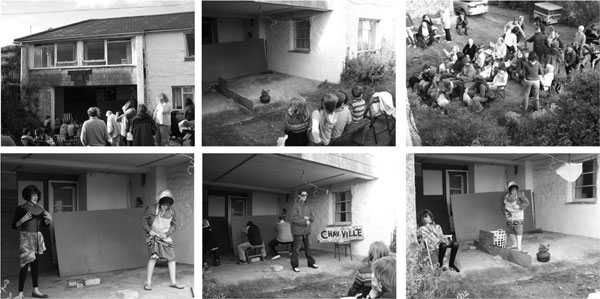
Figure 22 Three Little Chavs, Cornwall, 2006
Source: authors personal collection.
However, the adapted plot is utterly transparent in its ruthless Brechtian simplicity: single Mother Chav cannot cope with her recalcitrant three little chavs in her owner-occupied council flat, so throws them out to make their own way. Alone in her home, she becomes depressed and suicidal. The Wolf, rebranded as a gang leader-cum-property developer with paedophiliac tendencies, is aided by a curiously upper-class council worker now seeking to permanently separate Mother Chav from her children on grounds of neglect. Playing on her financial and emotional weakness, they persuade her to sell the flat a placard reads Chav-ville under a 1980s-style government incentive scheme, but for a miserable sum, effectively leaving her homeless. However, the separated chav children discover the plot, and with the aid of a neighbour-cum-fairy-godmother, join forces and take violent revenge on the Wolf, reclaim their familial home, and are reunited with their mother. The end. Sweets are thrown to the audience, the younger spectators fight in the mud to collect them.
Naturally, other parents wielded digital cameras and video recorders as an integral part of their spectatorship. I dont like to take photographs in any situation, but attending this performance all I could do was photograph, borrowing my sons camera and surreptitiously wandering around the perimeter of the audience, as if attempting to record some archaic form of soon-to-be-extinct ritual. The performance was equally compelling and repelling in its systematic invocation and dereliction of theatrical conventions, both mainstream and avant-garde, and is equal in my memory now to only two or three other performance events I have encountered. And to cope with that ambivalence, I went to work on documenting it here was some interesting material that I could hopefully make use of, without really understanding why, just as it felt impossible for me to engage with The Three Little Chavs as the kind of spectator I am used to being.
Of course, to perform as a pseudo-ethnographic image-maker is a particularly affected performance of spectatorship perhaps the perfect embodiment of what the Italian philosopher Giorgio Agamben has described as the spectator with taste, who is confronted with:
something that, as it seems to him, puts him back in contact with his innermost truth, yet he cannot identify with it. The spectators is the most radical split: his principle is what is most alien to him; his essence is in that which, by definition, does not belong to him. Taste, in order fully to be, has to become separate from the principle of creation; but without genius, taste becomes a pure reversal, that is, the very principle of perversion.
If we can substitute an eighteenth-century notion of taste with the twenty-first-century notion of an educated critical awareness, such as might result from a disciplined study of performance, then spectators who literally trade on the value of their critical awareness would appear to be in a compromising position. This is indeed the case in relation or rather in non-relation to the performance just described, which would seem profoundly problematic as an example to offer up for intellectual scrutiny. Accepting Agambens thesis, the trouble is all too evident how to spectate (without the genius reserved for the principle of creation) yet without enacting the very principle of perversion, which aims to assimilate the other to its own form of enjoyment. But isnt the very principle of performance precisely an invitation to do exactly that, to produce and partake in collective forms of enjoyment, however that ambivalent term might be understood?
Font size:
Interval:
Bookmark:
Similar books «A Pathognomy of Performance»
Look at similar books to A Pathognomy of Performance. We have selected literature similar in name and meaning in the hope of providing readers with more options to find new, interesting, not yet read works.
Discussion, reviews of the book A Pathognomy of Performance and just readers' own opinions. Leave your comments, write what you think about the work, its meaning or the main characters. Specify what exactly you liked and what you didn't like, and why you think so.

